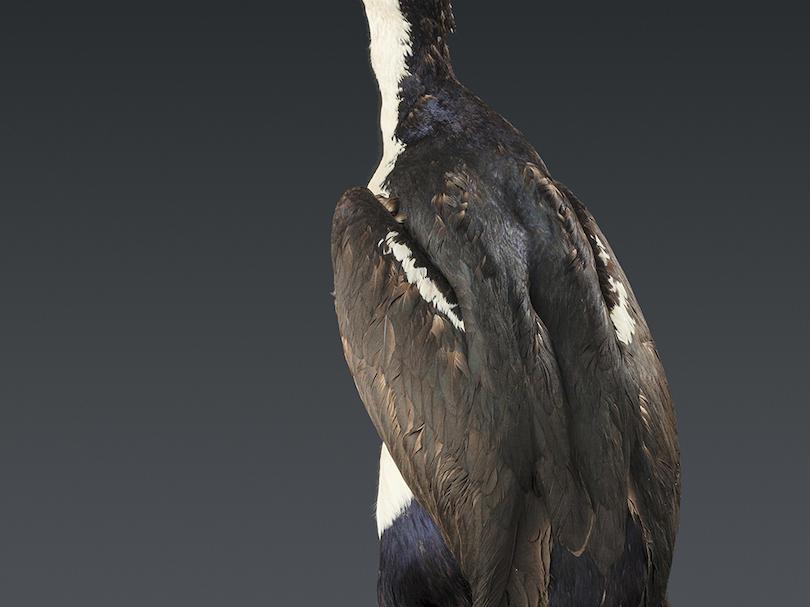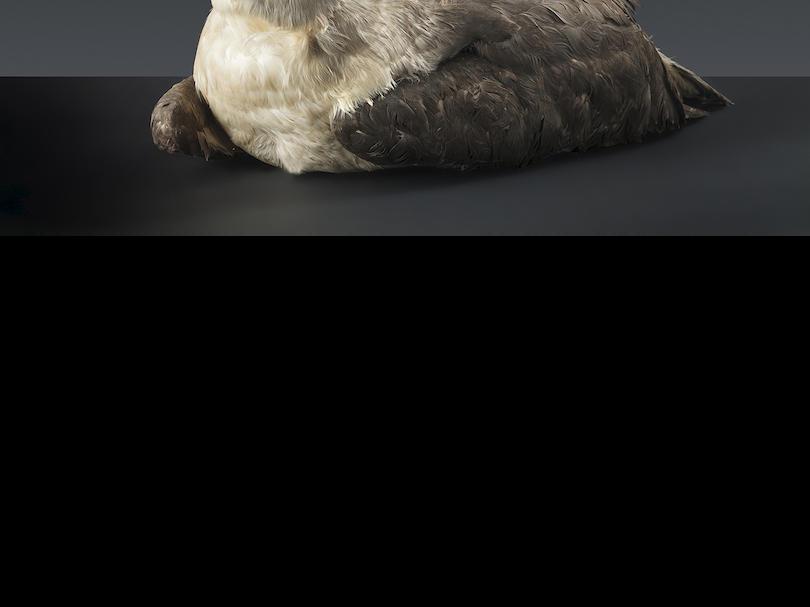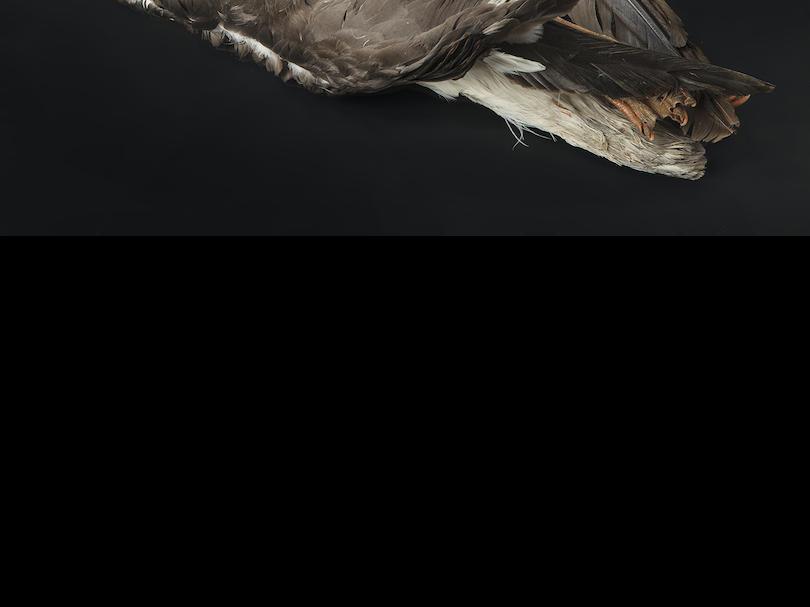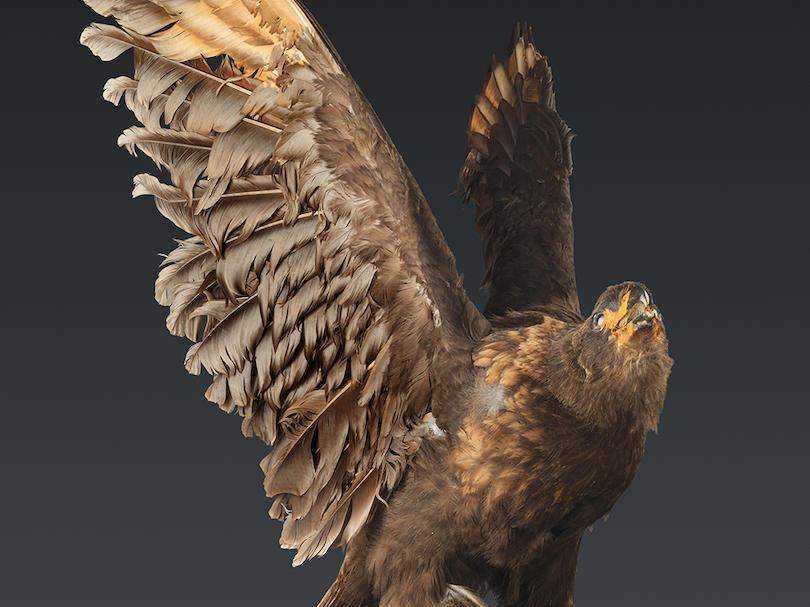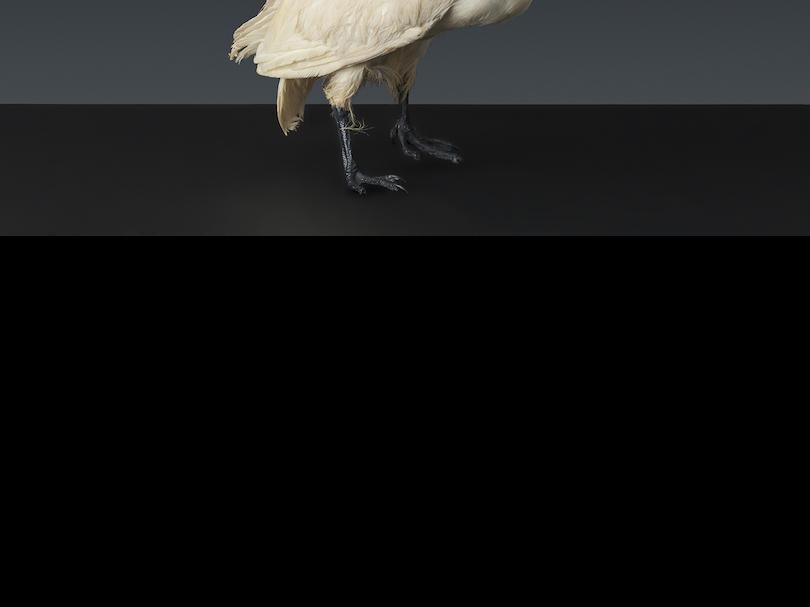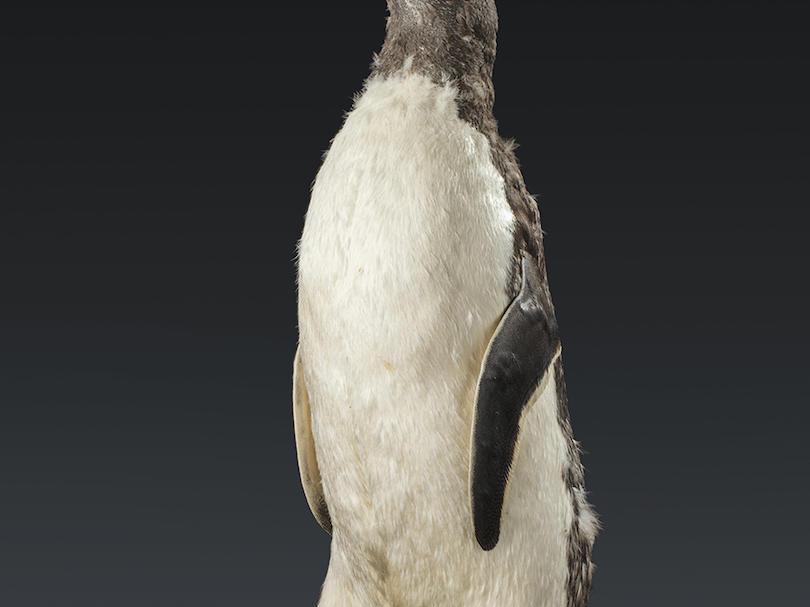Due to their remoteness and sparse human population, the sub-Antarctic sea channels and fjords of Chile’s Magallanes Region have a biological and cultural heritage that makes the area unique. Its vast stretches of land and sea are home to a great diversity of flora and fauna, including many endemic species. Thanks to these characteristics, the Cape Horn Archipelago is one of the world’s most untouched places.
The Magallanes Region was inhabited by different canoe-faring peoples, particularly the Yaghan, whose history and cultural traditions reflect the profound relationship that these human groups had with native biodiversity for more than 6,000 years.
One place where it is possible to observe these ethnoecological ties is the Martin Gusinde Anthropological Museum in Puerto Williams. Its collections include representative examples of the most diverse taxonomic groups of fauna found in these southern latitudes, such as birds and mollusks, as well as different tools and artifacts made by the area’s ancient inhabitants from the remains of these animals.
The Museum’s Biological Collection includes 55 specimens of sub-Antarctic birds preserved using taxidermy. Nine of them are on display so that visitors to Puerto Williams can learn about the birdlife of one of the world’s wildest areas.
Birds of the Cape Horn Archipelago
The sub-Antarctic sea channels and fjords of the Magallanes Region are home to a unique biological heritage and, with a total of 208 species, birds are their most abundant and diverse land vertebrates.
Thanks to the geographical remoteness of its temperate forests, over 50% of the birds of the Cape Horn Archipelago are endemic to the southern tip of the continent and at least 15 of these species have breeding colonies in Chile’s Magallanes Region.
This area accounts for some 20% of the world’s black-browed albatrosses and contains at least six nesting sites, including the Diego Ramírez Archipelago, one of the most important in the world for this species.
It is also home to approximately a million Magellanic penguins, a species whose most important nesting center in Chile is Magdalena Island.
Ancestral relationship
The area’s sea and land birds are closely related to the cultural history of its peoples. Cormorants and penguins were part of the diet of the archipelago’s canoe-faring inhabitants. The imperial cormorant was particularly important as a source of oil and meat.
With the birds’ bones, these peoples also made tools such as spikes, while the feathers were used in ceremonial headdresses.
However, the significance of the birds went beyond their practical use and they formed part of different oral traditions of an ethical and didactic nature as well as of dances, such as the dance of the albatross practiced by the Yaghan of Navarino Island.












